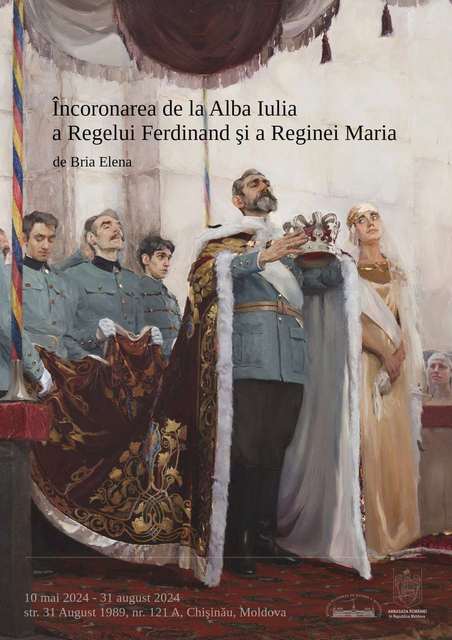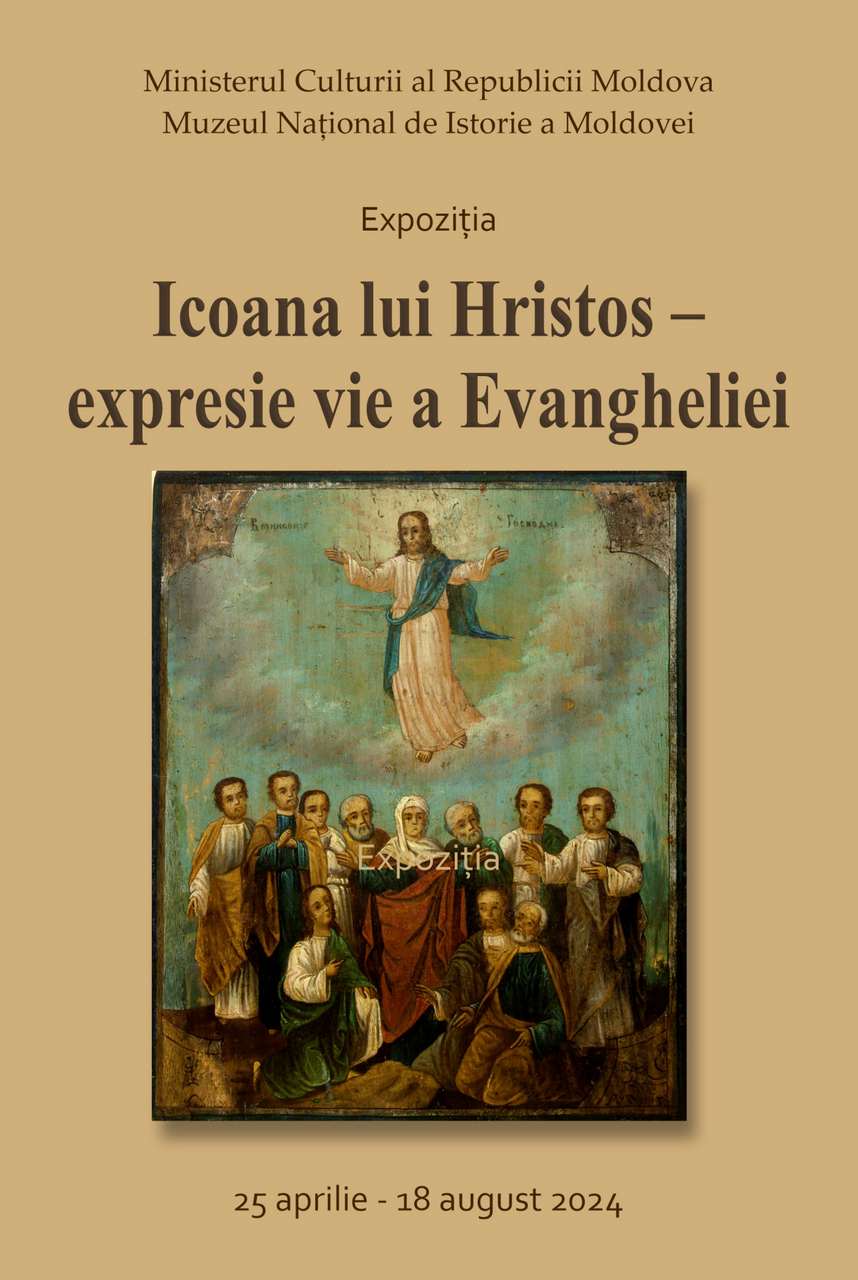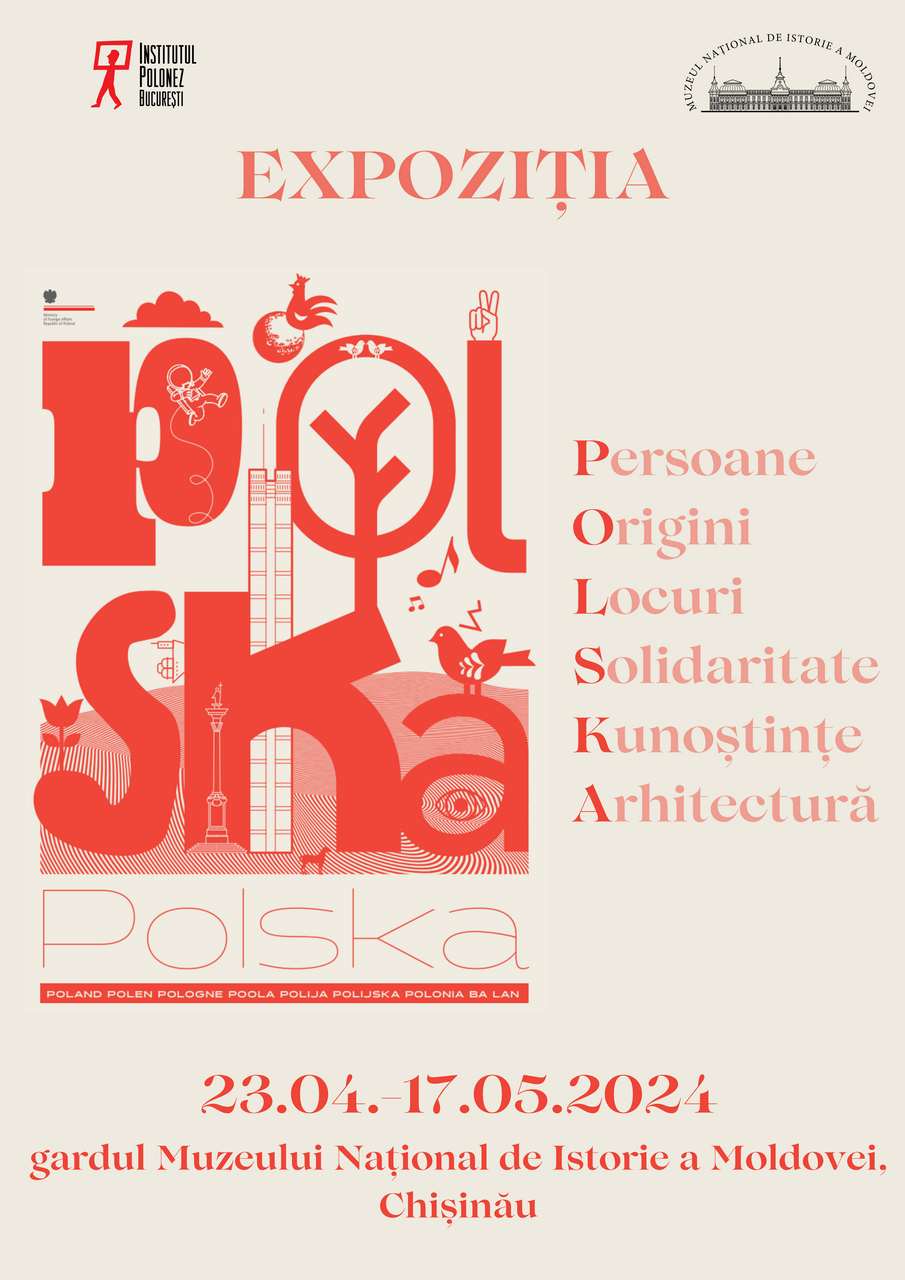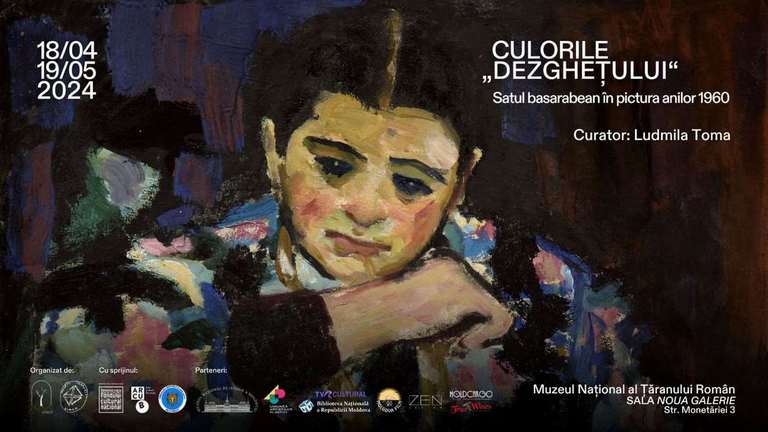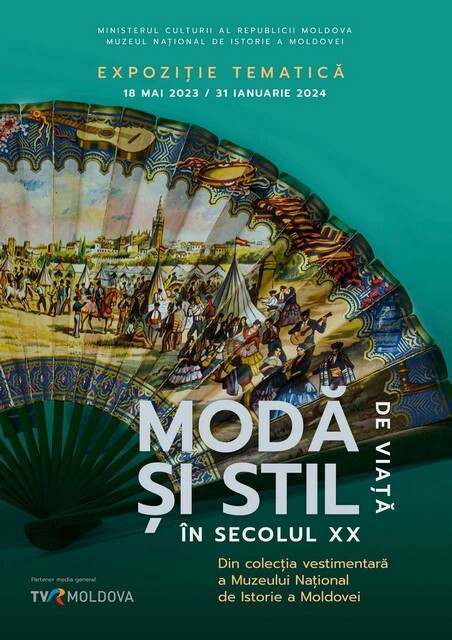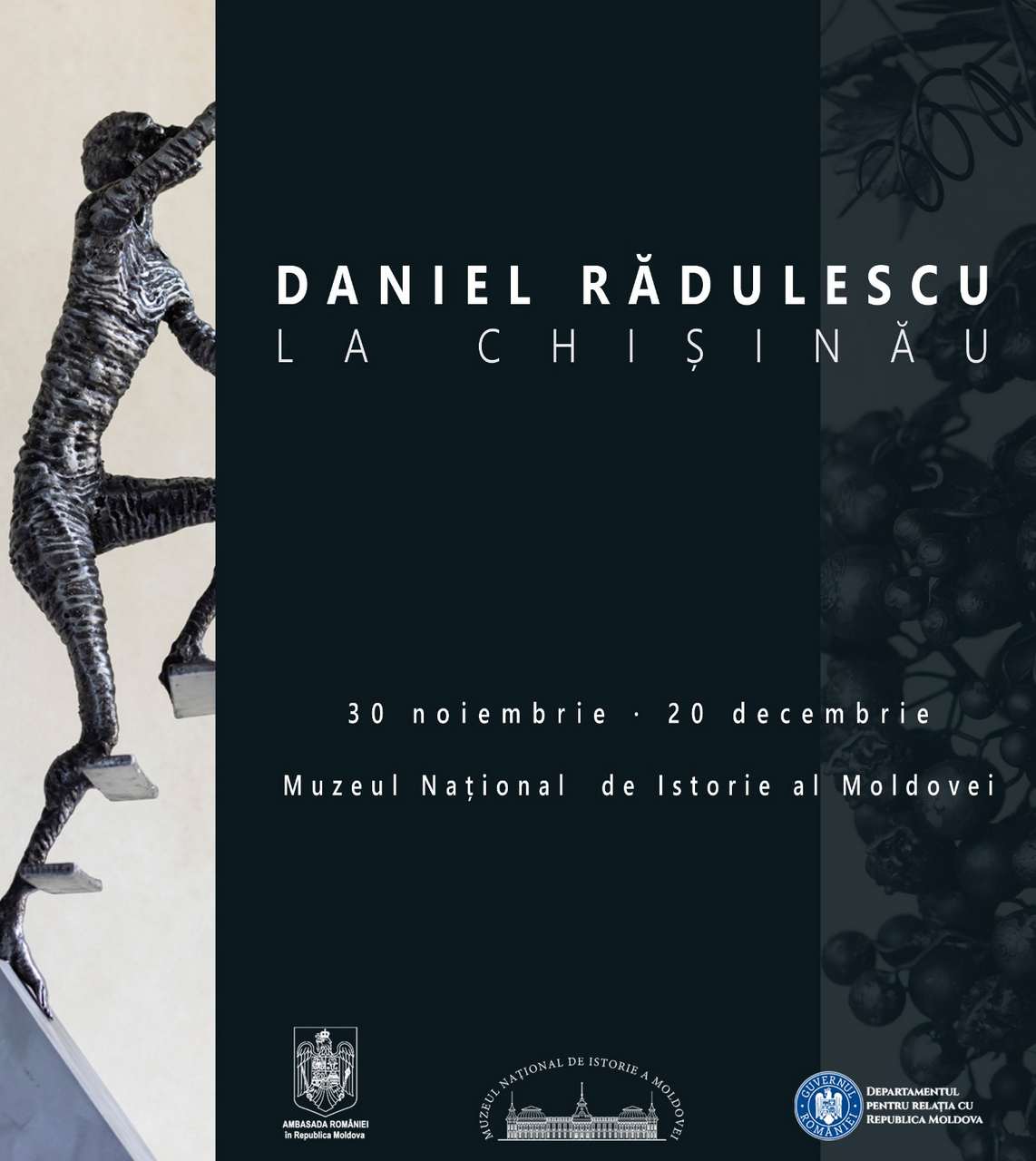 Daniel Rădulescu, Romanian contemporary artist, known for his special technique of steel sculpture, the most collected artist working in steel in Romania, presents his creations in Chisinau on the occasion of Romania's National Day. The public can admire for a month 8 of his iconic works, made entirely of steel.
Daniel Rădulescu, Romanian contemporary artist, known for his special technique of steel sculpture, the most collected artist working in steel in Romania, presents his creations in Chisinau on the occasion of Romania's National Day. The public can admire for a month 8 of his iconic works, made entirely of steel.
Daniel Rădulescu (b. 1990, Brașov) makes his sculptures by hand modeling, with thousands of layers of molten steel, without using molds or forms. This feature makes his sculptures unique, impossible to replicate. Daniel Rădulescu is one of the best-known artists in Romania, his metal sculptures are sought after by collectors from all over the world. The prices of his works increased in 2022 by 1,600% compared to his first works sold.
He studied the sphere of digital and 3D graphics, until he became captivated by any tangible material, from stone, wood and plaster, to the hardness and at the same time fluidity of metal. He explored many possible steel processing technologies until it took shape under his hands. The texture resulting from his impressive working technique has become an emblem of the artist. Daniel Rădulescu has made 97 sculptures to date, all of which are in private collections in 10 countries on 3 continents.
"I want to instill empathy and make visitors look beyond a hard material like steel. Two of these works are inspired by Greek mythology, Bacchus and Daedalus. Each has its own story, but both are made in different chapters of their personal lives. Together, I feel that the 8 sculptures represent me and reconstruct a route of my life; they will communicate well in a common space," says the artist Daniel Rădulescu.
The exhibition takes place at the National Museum of History of Moldova in Chisinau, Bronze Hall, from November 29 to December 20, 2023, and the opening takes place on November 29, at 16:00.
The project is financed by the Department for Relations with the Republic of Moldova within the Government of Romania.
 31 August 1989 St., 121 A, MD 2012, Chisinau, Republic of Moldova
31 August 1989 St., 121 A, MD 2012, Chisinau, Republic of Moldova







































